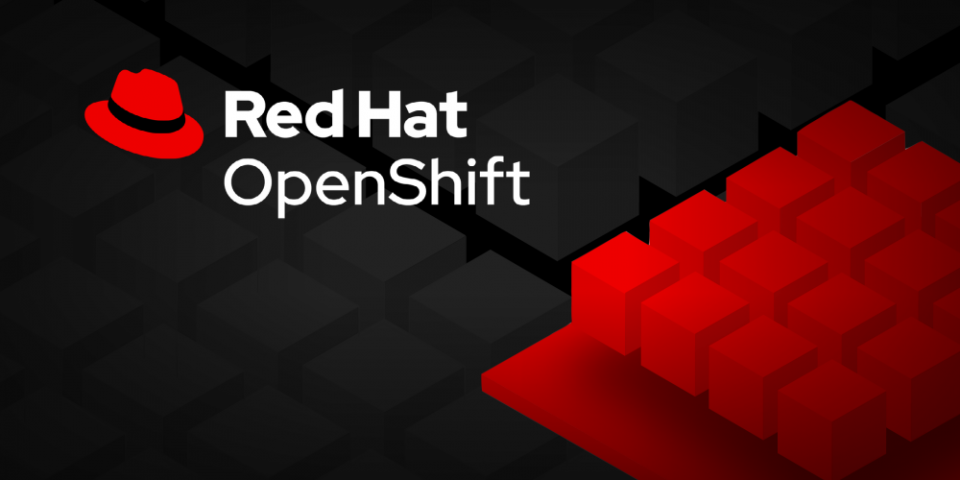IBM Corp. subsidiary Red Hat today released version 4.20 of its OpenShift enterprise Kubernetes platform for software container orchestration.
This release, which is now generally available, adds new artificial intelligence features, stronger platform security and expanded virtualization options for hybrid cloud and deployments in sovereign environments, where data location is an issue.
In a separate announcement, Red Hat introduced vLLM Semantic Router, an open-source project designed to improve AI efficiency by intelligently routing large language model queries based on their complexity.
The company said it expects the combination of AI integration, quantum-resistant encryption and simplified virtualization in OpenShift 4.20 helps organizations modernize applications while maintaining compliance with new digital sovereignty requirements.
Initial support for post-quantum cryptography algorithms secures traffic between control-plane components. Red Hat said the feature helps protect critical communications against threats that will emerge when quantum computers can quickly break complex cryptographic algorithms.
Security focus
The enhancements build on years of investment in open security projects, said Stu Miniman, senior director of market insights for hybrid platforms at Red Hat.
“Between zero trust, data governance, Spiffe and Spire, there’s been a lot of activity going on,” he said. “Those projects, which we participate in, are now part of our overall offering and tying into cluster management and advanced security.”
Secure Production Identity Framework for Everyone is an open-source standard for securely identifying and authenticating software services. SPIFFE Runtime Environment is the reference implementation for SPIFFE.
The update also includes a zero-trust workload identity manager, scheduled for release later this year, and extends support for Red Hat Advanced Cluster Security 4.9, Red Hat Trusted Artifact Signer, and Red Hat Trusted Profile Analyzer.
OpenShift users can now bring their own OpenID Connect identity provider and manage secrets across environments through the External Secrets Operator, which synchronizes with external vaults such as HashiCorp Inc.’s Vault.
Streamlining AI workloads
Red Hat said OpenShift 4.20 has new capabilities to simplify the deployment and management of large AI workloads. For example, the LeaderWorkerSet application programming interface automates orchestration and scaling for distributed AI models, while an image-volume source feature enables teams to integrate new models without rebuilding containers.
“We are working on enhancements to AI as workloads for our product as well as enhancements to the platform itself,” Miniman said.
The release also expands Red Hat OpenShift Lightspeed, an AI-driven virtual assistant built into the OpenShift console. The assistant now supports multiple clusters through integration with Red Hat Advanced Cluster Manager for Kubernetes, allowing administrators to search documentation, troubleshoot issues and navigate system configurations using natural language.
These features “are purposely thought out to improve the user experience,” said James Labocki, senior director of product management at Red Hat. “Integrating Lightspeed into Red Hat Developer Hub helps developers troubleshoot issues faster and get guidance within their workflow.” He said the company aims to embed practical AI across its developer tools.
Simplified management
The 4.20 release introduces CPU load-aware rebalancing and Arm architecture support into OpenShift Virtualization to improve performance and resource use. Red Hat has also extended OpenShift Virtualization to bare-metal deployments on Oracle Corp.’s cloud infrastructure to giving operators more control over workload placement and data sovereignty. The company also said that enhanced storage offload functionality in the migration toolkit allows for up to 10 times faster migration from legacy virtualization platforms.
“Our focus has been on simplifying management and helping accelerate migrations for customers who are looking to get off their traditional virtualization environments and onto OpenShift virtualization faster,” Miniman said.
Red Hat is also introducing a two-node OpenShift configuration with an arbiter node for high-availability edge environments such as retail and manufacturing sites. The smaller footprint supports both x86 and Arm architectures and includes built-in OpenShift Virtualization for virtualized workloads in disconnected environments.
Miniman said the updates come as demand for Red Hat OpenShift continues to climb. “OpenShift is now a $1.8 billion annual recurring revenue product growing at over 30%,” he said. That’s up from $100 million at the time of the 2019 acquisition.
Intelligent LLM routing
The vLLM Semantic Router selects the best model for each task to optimize cost and computing use. Lightweight classifiers such as ModernBERT analyze a query’s intent and route it to either a smaller, faster model for simple requests or a reasoning-enabled model for complex analytical tasks.
“If a user has a simple request like ‘What is the capital of North Carolina?,’ a multi-step reasoning process isn’t necessary,” Huamin Chen, the project’s creator and a Red Hat distinguished engineer, said in a statement. “VLLM Semantic Router ensures every token generated adds value.”
Written in Rust and built on Hugging Face’s Candle framework, the router provides low latency and high concurrency for cloud-native deployment, Red Hat said. It integrates with Kubernetes through the Envoy external processing plugin, enabling enterprises to deploy and scale across hybrid cloud environments using OpenShift.
When combined with llm-d, Red Hat’s distributed inference layer, vLLM Semantic Router supports advanced enterprise features such as semantic caching — which reuses results from similar prompts to reduce computing overhead — and jailbreak detection, which flags noncompliant requests before they reach the inference engine .
Red Hat said benchmarks showed a 10.2% improvement in accuracy and reductions in latency and token usage of up to 48.5%.
The open-source project has quickly gained traction, with more than 2,000 stars and nearly 300 forks on GitHub since debuting two months ago. Red Hat said the technology aligns with its goal of making AI infrastructure more collaborative, efficient and open.
“The evolution of inference is moving from, ‘Can we run it?’ to ‘How can we run it better?’” Chen said.
Image: Red Hat
Support our mission to keep content open and free by engaging with theCUBE community. Join theCUBE’s Alumni Trust Network, where technology leaders connect, share intelligence and create opportunities.
- 15M+ viewers of theCUBE videos, powering conversations across AI, cloud, cybersecurity and more
- 11.4k+ theCUBE alumni — Connect with more than 11,400 tech and business leaders shaping the future through a unique trusted-based network.
About News Media
Founded by tech visionaries John Furrier and Dave Vellante, News Media has built a dynamic ecosystem of industry-leading digital media brands that reach 15+ million elite tech professionals. Our new proprietary theCUBE AI Video Cloud is breaking ground in audience interaction, leveraging theCUBEai.com neural network to help technology companies make data-driven decisions and stay at the forefront of industry conversations.










